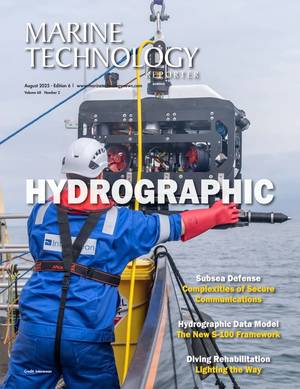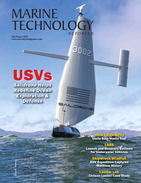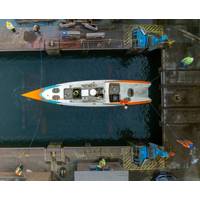
British Firm Launches Fully-Autonomous Oceanus12 USV
vessel in the Oceanus12 series, the company is preparing to complete the second vessel in late March, along with vessels three and four shortly after.The Oceanus12, designed for long distance over-the-horizon operations, has also been designed to be mission agnostic, allowing a wide range of potential applications, from surveys and monitoring of critical assets to safety, geophysical surveys, border control, fisheries, defense and more.Since the ‘charter’ business model was first announced just under a year, significant interest has been generated which has led to exciting opportunities
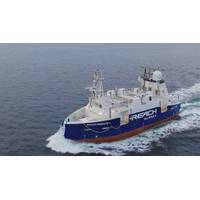
Kongsberg delivers first REACH REMOTE USV
with cutting-edge KONGSBERG technology. Its delivery follows a programme of intensive sea trials, overseen by classification society Det Norske Veritas (DNV) and the Norwegian Maritime Authority.Its initial mission will be to conduct underwater surveys off the coast of Haugesund, Norway, but its potential applications extend far beyond this. The second vessel, REACH REMOTE 2 is now expected to begin sea trials.Bjørg Mathisen Døving, VP Reach Remote of REACH SUBSEA, said: “Reach Remote is an extraordinary journey, bringing together the unique expertise of Kongsberg Maritime, Reach
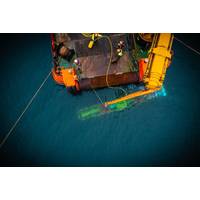
MTR100: Subsea Batteries
the Renewables for Subsea Power project in Scotland. The system enables AUVs to dock, recharge batteries, upload data and receive new mission data multiple times without needing offshore intervention, and it can be recharged in-situ using renewable wave, wind, tidal or solar power. There are also potential applications for residential ROVs and AUVs.“The success of residential AUV charging in this project is a really exciting development, and having that long term residency has opened up some big opportunities for offshore inspection, including within the offshore wind market,” says Slorach.
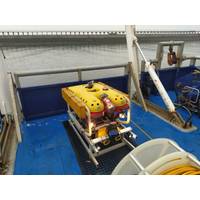
EDF, ORCA Hub in 'First' Autonomous ROV Wind Farm Foundation Inspection
wind offshore turbines over the course of four days. The ROV was equipped and operated by researchers from the ORCA Hub, a strategic project within the National Robotarium.The inspections were carried out as part of a partnership between EDF and the ORCA Hub to investigate a wide range of potential applications for drone technology to assess offshore wind turbines. The trials demonstrated the drone’s ability to work autonomously at the site, as it recorded videos to assess the exterior condition of turbine foundations and cables.According to the project participants, the drone was also used
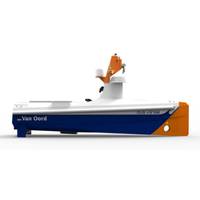
Van Oord Orders Autonomous Offshore Vessel from Demcon
waters and in coastal areas. With these 100% electric, autonomous vessels, Van Oord is able to perform survey activities remotely, cost-efficiently and in an automated manner. Van Oord’s initial experience was so positive that it has since acquired four of these vessels and also perceived potential applications for a larger, seaworthy version.Demcon said that the existing Demcon situational awareness system – ‘where am I and what do I see around me?’ – will be expanded for navigation at sea.It will operate at short distances (150 meters) and in complex enclosed environments
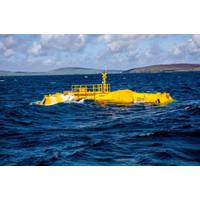
Sea Trials Complete: Mocean Energy's Blue X Wave Energy Machine Returns to Shore
helped us on our way.”Credit: Mocean EnergyWaves to power subsea batteryNext year, the company plans to put the device to sea in Orkney again and will connect the machine to a subsea battery which will be used to power a remotely operated autonomous underwater vehicle (AUV) – with potential applications for oil and gas offshore operators.The deployment and demonstration of the Blue X at EMEC has been funded by Wave Energy Scotland and supported by Interreg North-West Europe’s Ocean DEMO project.Tim Hurst, Managing Director of Wave Energy Scotland said: "It is only through testing

Richard W. Spinrad, Ph.D.: MTR's 2021 #1 Ocean Influencer
, and dangerous. I would add now another D: ‘difficult.’ It’s difficult to conduct missions in the high Arctic at certain times of the year or in the Southern ocean, and we now know that we can use uncrewed surface vehicles to do exactly that. So if you think about all of the potential applications associated with fisheries, with general oceanography, with endangered species, with marine debris, all of these missions can be complemented, if not completely addressed, through the use of uncrewed systems.What I think we’re going to see in the future is some dramatic enhancements
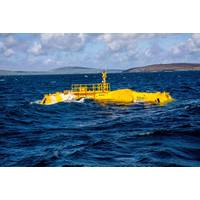
Mocean Energy’s Wave Energy System Produces First Power at EMEC Test Site
grid-scale machines will be able to tap into deep ocean waves to generate significant quantities of clean energy,” he said. Next year, the plan is to connect the device to a subsea battery which will be used to power a remotely operated autonomous underwater vehicle (AUV) – with potential applications offshore. The deployment and demonstration of the Blue X at EMEC is being funded by Wave Energy Scotland and supported by Interreg North-West Europe’s Ocean DEMO project. The Blue X manufacture and testing program is being supported by £3.3 million from Wave Energy Scotland
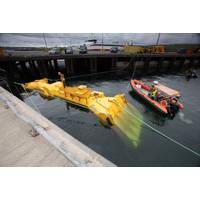
Getting Metal Wet: Mocean Energy's Wave Energy Device Arrives in Orkney Ahead of Sea Trials
initially, and then later will move to EMEC’s grid-connected wave test site at Billia Croo, on the west coast of Orkney.Next year, the company plans to connect the device to a subsea battery which will be used to power a remotely operated autonomous underwater vehicle (AUV) – with potential applications in the offshore sector.The deployment and demonstration of the Blue X at EMEC is being funded by Wave Energy Scotland and supported by Interreg North-West Europe’s Ocean DEMO project.Mocean Energy Managing Director Cameron McNatt said: "This is a significant moment for Mocean Energy
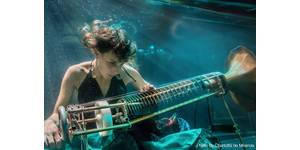
 August 2025
August 2025
